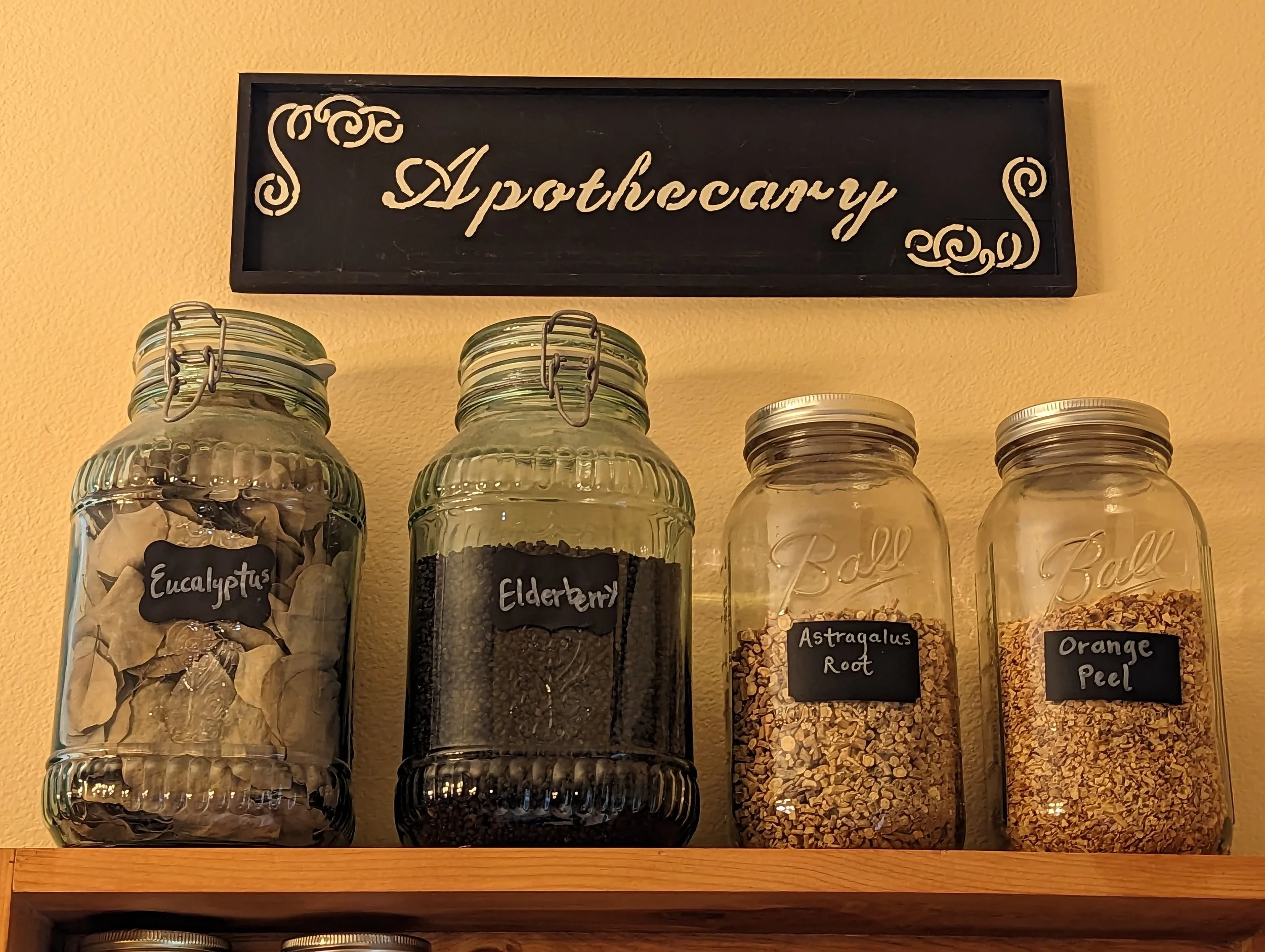Herbalism 101
This is the first of 2 guest posts from my good friend, Jamie Austin. She is a wealth of knowledge and amazing to learn from in her natural wellness journey. I am so excited for you all to gain insight from her years of research and implementing herbs into her family’s toolbox.
Herbalism begins in your backyard
One more step toward building healthy living is through herbalism. Since the beginning of time plants have offered food as well as effective medicine. Using and studying the medicinal and therapeutic use of plants is what herbalism is all about.
And what’s so great is that much of herbalism is often already built into our daily lives. When I make soup for my family I add black pepper and garlic. When my child has a cold I brew up some warm lemon juice and honey tea. By noticing the spices we’re commonly adding to our foods and finding ways to incorporate them for their medicinal value, we utilize the power of plants.
How does that translate into medicine you might ask? Good question! For example, black pepper is an antioxidant, it aids in digestion and is used in cold and flu preventatives. [1] So by putting black pepper into our food we’re feeding our health as well as satisfying our taste buds. And that’s just one way to use one herb. We can use herbs in cooking, in tea, and even as tinctures and salves.
With so much information around about ‘being an herbalist’ it might feel like just another overwhelming thing that couldn’t possibly fit into an already packed schedule. I get it! So, I’m going to share a couple small ways that can help when starting an herbal journey!
To begin, choose one to focus on. One herb. Choose something easy to find. That can be an herb found at the grocery store, like garlic or ginger. It could be an herb growing in the garden, like rosemary or sage. Or it could be a commonly found herb growing in your own (unsprayed) backyard, like dandelions. Once you’ve chosen an herb to start with, learn a little at a time.
What does it look like?
How and where does it grow?
What is its common name, its botanical name and its plant properties?
Can parts of the plant be used for food?
Once you know what parts can be used for food, your next step is to try your herb. What does it taste like? Smell like? Feel like?
Lastly, make a recipe or make a tea with that herb.
One herb at a time is all you need to start the herbal journey.
See you outside,
Jamie

